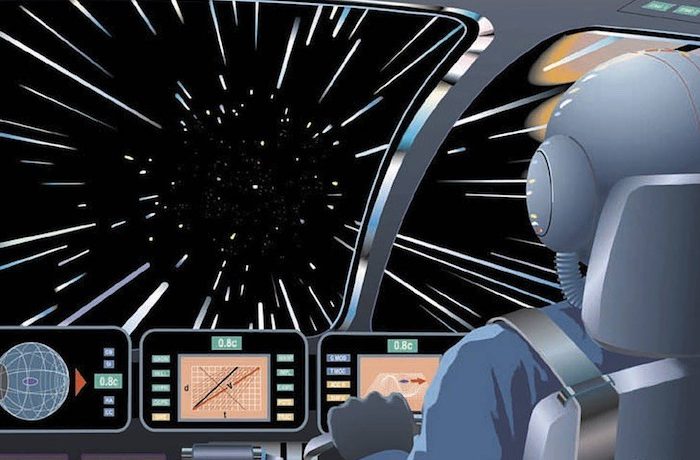
Creative Explosion: Snow Crash by Neil Stephenson
In this fortnightly series reviewing classic science fiction and fantasy books, Alan Brown explores the frontiers and leading edge of the field, delving into books about soldiers, spacemen, scientists, engineers, explorers, and adventurers. The story is filled with what Shakespeare referred to as “alarms and excursions”: battles, chases, conflicts, and exciting moments.
While rummaging through my bookshelves recently, I realized that I hadn’t reviewed anything by Neil Stephenson, one of my favorite authors for a long time. It became immediately clear to me which book I should reread: Snow Crash. Although it wasn’t his first book, it was the one that made him famous, not just within the science fiction world. Published in 1992, this year marks the 30th anniversary of its publication. This book is truly compelling. With its remarkable protagonist named Hiro, the story takes us on a journey through a shattered, divided America. The U.S. government has retreated to armed compounds, and law enforcement has fallen into the hands of private corporations. The mafia optimizes pizza delivery, skateboard couriers lock themselves into cars on highways, people spend more and more time in so-called virtual universes, and robber baron capitalists try to rule not only the world but also the minds of the audience by taking control of the media.
When Snow Crash first came out, some people wanted to label it as “cyberpunk.” After all, it is the book that coined the term “Metaverse,” and Stephenson pioneered the use of the term “avatar” in the context of human representation in virtual worlds. However, despite its focus on computer networks and virtual reality, Stephenson’s work doesn’t quite fit the cyberpunk label. The cyberpunk sub-genre gained widespread attention with the publication of William Gibson’s Neuromancer in 1984, a more serious endeavor with literary aspirations. Stephenson’s “Avalanche” is not serious literature at all; it is a work filled with lurid characters, a satirical worldview, and frantic energy. It reminds me of Jack Kirby’s vivid version of the Captain America comics, not just the ones he drew with exaggerated proportions and perspectives, but also the ones he wrote himself, where stories not only progressed but exploded on the page. Above all, Stephenson’s writing is entertaining and infectious, drawing the reader into the story.
About the author:
Neal Stephenson (born 1959) is an American science fiction writer and futurist who has had a major impact on the world of science fiction and beyond. Stephenson started out writing techno-thrillers, but Snow Crash is his first unabashed science fiction novel and a huge success. He later created The Diamond Age, imagining a world transformed by nanotechnology. His next book, Cryptography, explores the challenges of data security and cryptography against the backdrop of the present and the recent past.
Stephenson’s fascination with the history of science and mathematics led him to delve deeply into these subjects while working on Cryptography. This exploration ultimately culminated in a vast historical series known as the Baroque Cycles, originally published in three large volumes but later reissued as an eight-volume collection. The books contain a delightful mix of fictional and historical characters. Anathem followed, a novel about mathematical monks whose work pushes the boundaries of reality itself. Since then, Stephenson has written several unique and distinctive novels, renowned for their meticulous level of detail. One of my recent favorites is Seveneves, a story of humanity’s struggle to survive the mysterious destruction of the Moon and the ensuing catastrophic changes to the world.
Over the years, Stephenson’s work has been nominated for and won several awards, including a Hugo Award for Best Novel for The Diamond Age.
In addition to his role as a science fiction writer, Stephenson has also made significant contributions to constructing futuristic worlds. He has served as a consultant to companies such as Blue Origin Space Launch Organization and has worked as a game developer. Currently, Stephenson is co-founding a company called Lamina1 (note that it’s spelled with a numeral 1 at the end of the word, not a lowercase L), which aims to lay the groundwork for an open metaverse free from the control of any single organization or corporation.
Literary glut?
While “Avalanche” is a riveting narrative that captivates readers from page one, it’s not without some traits that might be considered literary sins, including a protagonist who could be called a Mary Sue. Some may argue about the definition of a Mary Sue and whether certain characters fit the criteria. However, it’s hard to ignore the fact that Hiro, the legendary sword-wielding mafia courier, architect of virtual universes, and part-time music producer







Tagged 1:1 spin-orbit resonance, Earth, exoplanet, Mercury, Science fiction